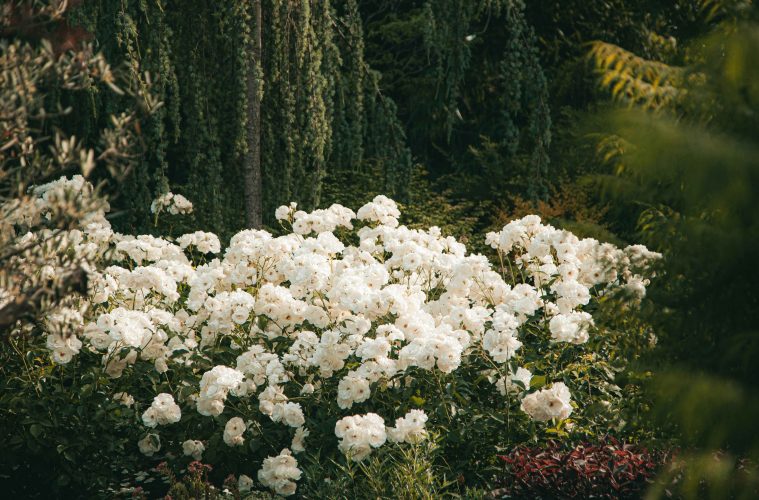When you think of spring-flowering shrubs, rhododendrons likely come to mind. Even when they’re not in bloom, their evergreen leaves provide a stunning backdrop year-round. This comprehensive guide to the growth and care of rhododendrons will cover everything you need to know about these beautiful shrubs.
Although rhododendrons are common, they cannot be grown everywhere. They have specific growing requirements that must be followed for success.
Planting rhododendrons
When it comes to growing the rhododendron shrubs, there are two non-negotiables: the soil’s pH balance and the drainage. These shrubs need highly acidic soil to thrive. When the soil in your garden is too alkaline or even too neutral, these shrubs won’t be able to absorb essential nutrients. One of the important nutrients needed by rhododendron plants is iron. A lack of iron in the soil can lead to chlorosis, or yellowing of the leaves.
Rhododendrons require plenty of moisture, but they shouldn’t be planted in soggy soils. Ensure your soil retains water while still draining well by adding ample organic material. Water only when necessary.
Light requirements are a major part of growing healthy shrubs. While classified as a shade-loving plant, the rhododendron requires the right kind of shade. That could be filtered, dappled shade with occasional sun. The best light requirements are achieved by planting the shrubs under the canopy of tall trees. The spot is ideal for good protection from the strong afternoon sunlight.

Image Credit: Pexels
Caring for your rhododendrons
While rhododendrons are naturally hardy, they’re still at risk of desiccation during the seasons. This is because their evergreen leaves naturally lose moisture due to wind and sun. It is essential to provide proper care for these shrubs, which includes tasks such as pruning, mulching, and applying the right amount of fertiliser. While pruning rhododendrons isn’t strictly necessary, it can be helpful if you want to shape the shrub or maintain a specific size. If you decide to prune, it’s best to do so immediately after the flowering period. This is the least likely to remove buds and reduce the number of flowers next year.
To ensure your rhododendron remains healthy and thrives, applying mulch is an effective method for retaining moisture. Spread a few inches of organic mulch around the plant, but be sure to leave a clear ring around the base of the shrub to prevent rot.

Image Credit: Pexels
ALSO SEE: HOW TO GROW CARROTS IN CONTAINERS
Feature Image: Pexels

